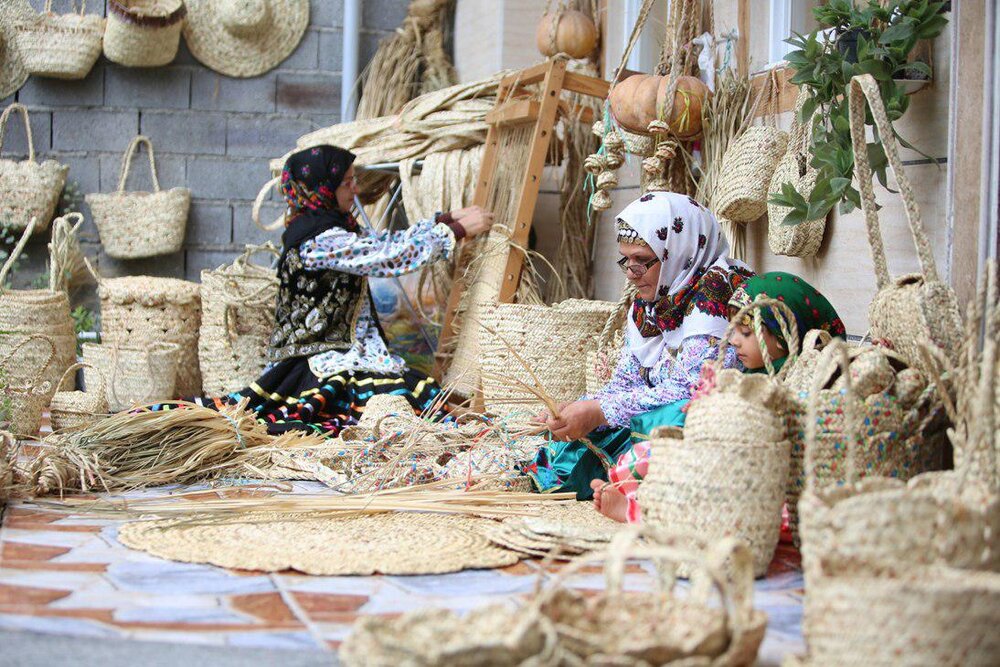Training course aims to raise quality of wickerwork

TEHRAN - A training course for wickerwork, one of the popular handicraft fields in the northern province of Mazandaran, is being held in the city of Babol, with the aim of improving the quality of the handmade product.
The course also aims at teaching different methods of designing, producing, and modifying the products to the crafters active in this field of handicrafts, CHTN quoted deputy provincial tourism chief Hossein Izadi as saying on Sunday.
Iran ranks first globally in the number of cities and villages registered by the World Crafts Council (WCC).
In late January, cities of Shiraz, Malayer, and Zanjan and the village of Qassemabad were designated by the WCC- Asia Pacific Region, putting Iran’s number of world crafts cities and villages from ten to 14.
Shiraz was named a “world city of [diverse] handicrafts”. Malayer was made a global hub for woodcarving and carved-wood furniture. Zanjan gained the title of a “world city of filigree”. And Qassemabad village, which is nationally known for its traditional costumes, was also promoted to a world hub of handicrafts. Chador Shab, a kind of homemade outer-garment for women, was, however, the main subject for the WCC assessment for the village.
Iran exported $523 million worth of handicrafts during the past calendar year 1398 (ended March 19). Of the figure, some $273 million worth of handicrafts were exported officially through customs, and about $250 million was earned via suitcase trade (allowed for customs-free and tax-free transfer) through various provinces, according to data provided by the Ministry of Cultural Heritage, Tourism and Handicrafts.
Ceramics, pottery vessels, handwoven cloths as well as personal ornamentations with precious and semi-precious gemstones are traditionally exported to Iraq, Afghanistan, Germany, the U.S., the UK, and other countries.
ABU/MG
Leave a Comment